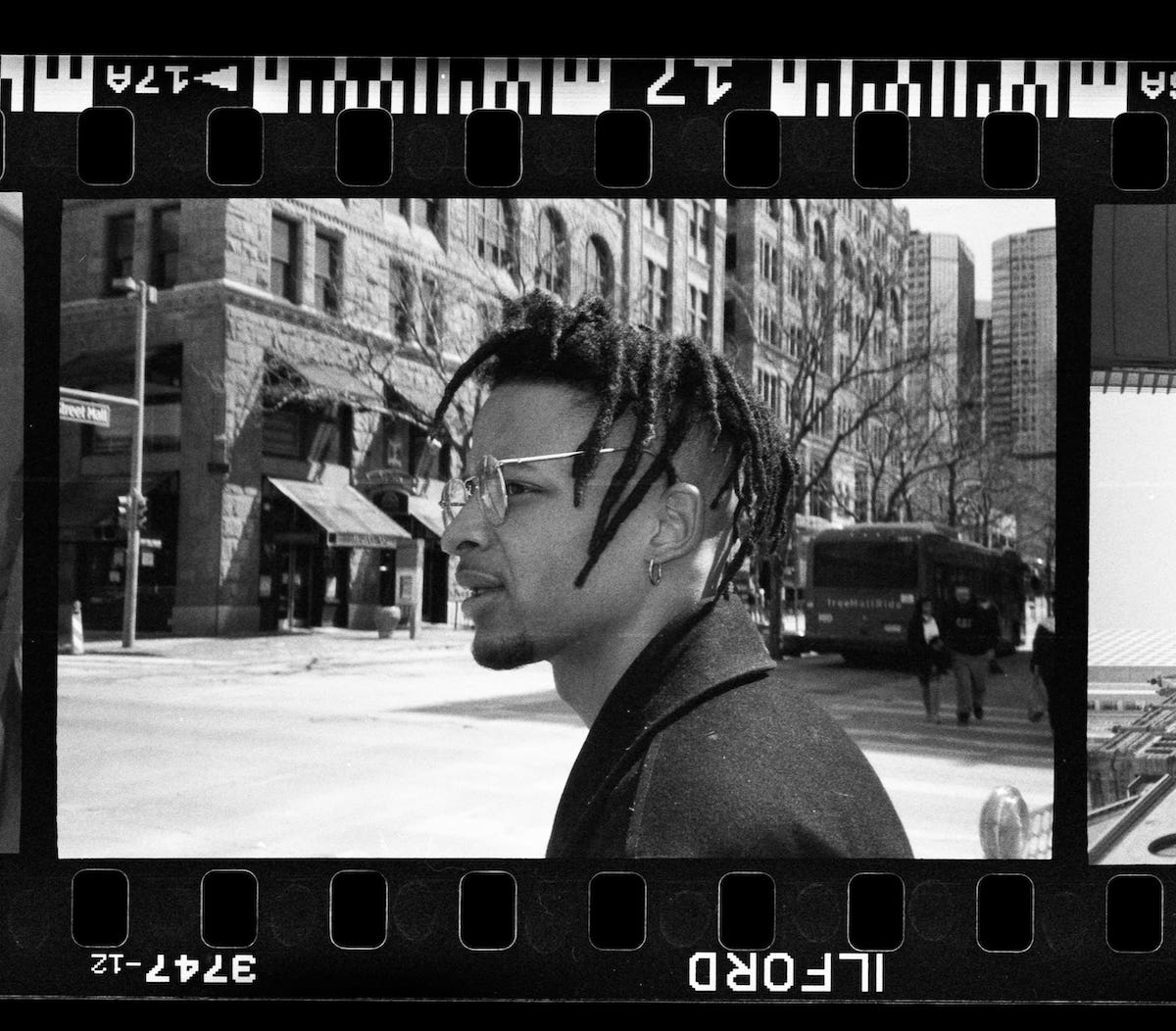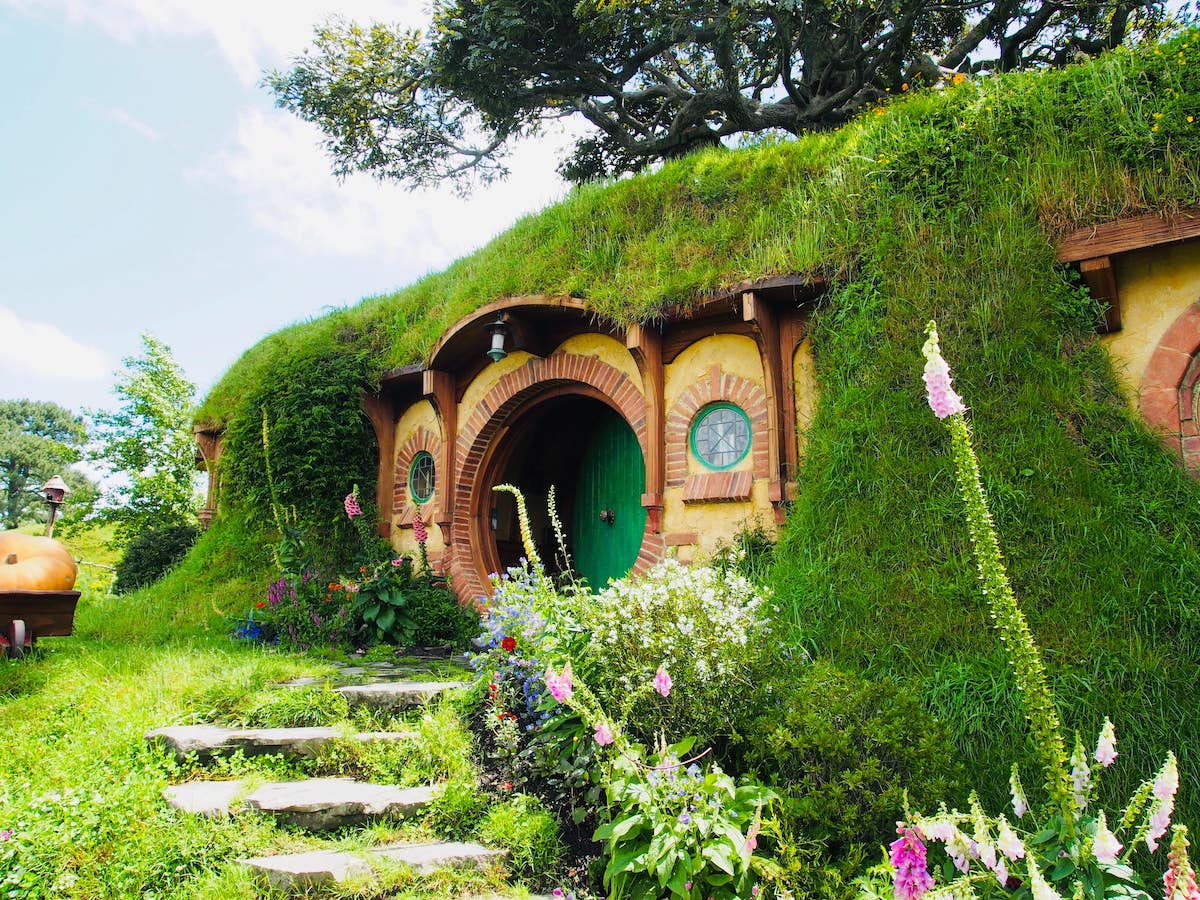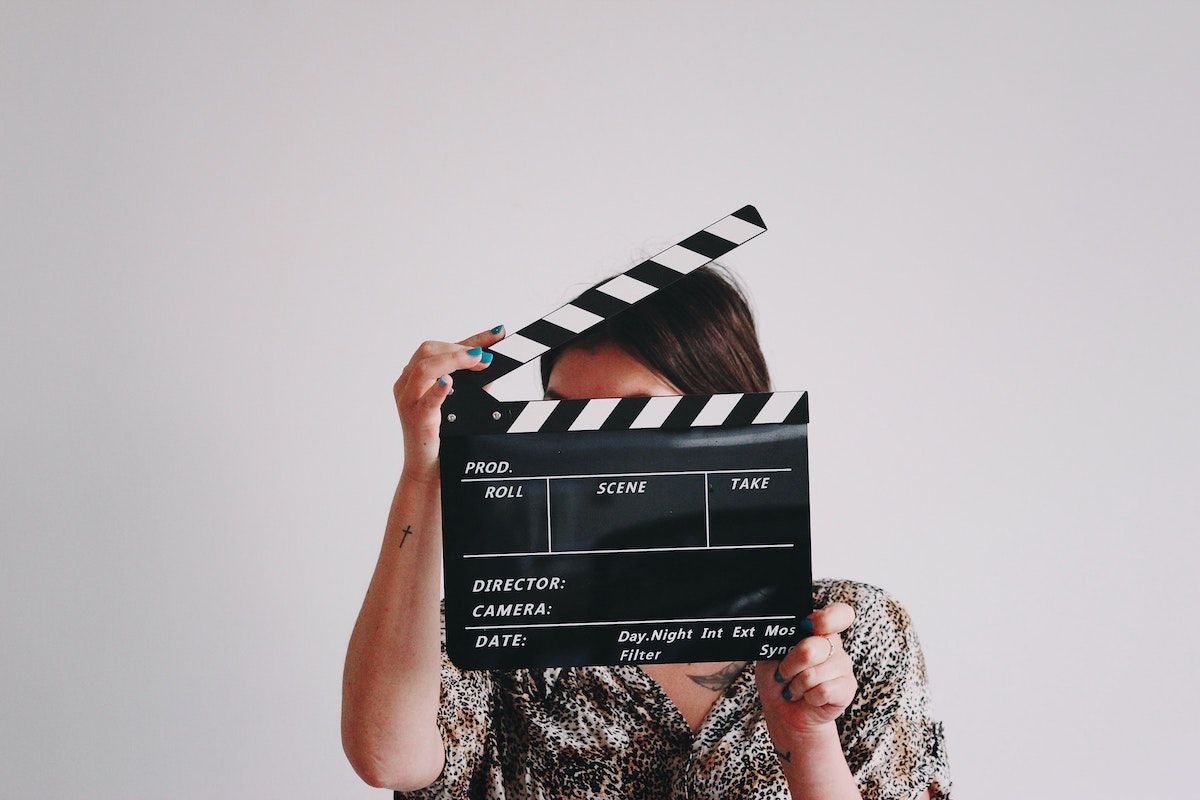Learn About B Roll: Definition & 4 Tips on How You Shoot it
Rent film gear from local filmmakers.

Rent film gear from local filmmakers.
So you're wondering; What is this b-roll footage you've heard about?
Well, look no further. In this article, we're going to explain what b-roll is, the difference between a-roll and b-roll, and how you can use b-roll to improve your films.
What is b-roll footage?
B-roll, b-roll footage, or broll is supplemental footage considered secondary to your primary footage.
While it does have its uses in filmmaking, it's easier to explain by using news or interview footage as an example:
The primary footage is of the news anchor or the journalist telling you the story in the news. It's the backbone of the video you're watching, and it just wouldn't make any sense if it weren't there. B-roll is used to provide context, so you don't have to imagine the school where the news story takes place; instead, you are watching footage of the school. This adds context, shows you the scene, and is also used to hide cuts.

The purpose of B-roll is to support the story. If you use footage that isn't relevant or contradicts the story, you will find that B-roll does more harm than good. Poor B-roll can make a video more challenging to follow if the primary footage and B-roll contradict each other.
We'll give you some examples of b-roll in use in the next paragraph.
4 Examples of b-roll in use
Documentaries
When telling a story that covers the past, using archival footage as b-roll can help ground the viewer in the experience and give them the feeling of being there when it happened.
TV
B-roll is often used in TV productions and series to establish the scene. In the tv series Friends, often you'll get an establishing shot of the apartment building or central cafe to let the viewer know that now we are in this place.
Reality
In reality series, b-roll is used to show the character's environment and how the world around them reacts to their presence.
Videos
Many videos use cinematic b-roll footage to give you a closer look at what's happening. By focusing on sharp details and movement, they make each moment cinematic.
So, where did the term b-roll come from? Learn in the next section.
A-roll vs B-roll

The term originates back in the earliest days of Hollywood filmmaking when shooting on film: the primary footage was on a roll called the a-roll, and a secondary roll was used for transitional cuts and filler, which was the b-roll.
With the advent of digital filmmaking, the term a-roll has fallen out of use.
In the next part, we will give you several tips for how to shoot B-roll.
4 Tips to shoot b-roll
1. Plan ahead
Planning gives you a massive advantage in scheduling and planning out your shooting days. You want to make a shot list and make sure you have the time to get all the footage you want.
If you don't spend the time planning and shooting your b-roll, you risk ending up with gaps in your film during the editing process.
2. Scout interesting locations

Location scouting and scouting out areas ahead of shooting enables you to discover unique locations and figure out how you want to set up both shots and scenes.
Time is the enemy of shooting, especially when shooting on location or outside, where time often dictates how much footage you can get.
So being prepared is vital.
3. Experiment with various angles
Even with the two tips above, you should always experiment. Experimenting with various angles allows you to mix it up in the editing process. Having b-roll footage from several angles can help you keep your film more dynamic, and you might even surprise yourself when getting weird footage.
4. Shoot more footage than you need
One of the mantras, when it comes to filmmaking.
Always shoot more footage than you need, which ties together with all the other tips. It's essential to get extra footage. Firstly it gives you more choice of what footage to use in the film. Secondly, it gives you options if a sequence doesn't fit together as perfectly as you imagined.
Now that you know how you should experiment. How about some camera angles to try out:
5 camera angles to try for b-roll

1. Wide-angle
Going for a wide-angle is perfect if you want to establish a location. Maybe your story is moving from one location to another, and you want to use a wide-angle establishing shot to tell the viewer that the story has shifted now.
2. Medium
A medium shot allows you to move closer to the subject and see what they are up to. It can help answer the viewer’s questions and give them an impression of the subject.
3. Close-ups
You can try using close-ups. For example, during an interview, you can shoot undirected b-roll footage of an interviewees hand’s or movements to help the viewer get a better sense of the person they are listening to.
4. Over the shoulder
You can use b-roll for over-the-shoulder shot footage to follow the subject, and it is a classic shot to show your audience what your character is seeing.
5. Tracking
A tracking shot allows you to follow the movements of your character. You might use it to give the viewer an atmospheric walk through the city while following the subject.

Learn the ins & outs of filmmaking
That is everything you need to know about b-roll. Now it's just getting out there and start shooting. However, stick around if you still feel like there is more to learn.
Learn the ins and outs of filmmaking by checking out our comprehensive article on filmmaking 101.
What is b-roll?
B-roll is supplemental footage to your primary footage.
What is b-roll used for?
B-roll is used to support your primary footage, usually during transitions and cutaways.
How to shoot b-roll?
Go out there and shoot some supplemental footage.






















